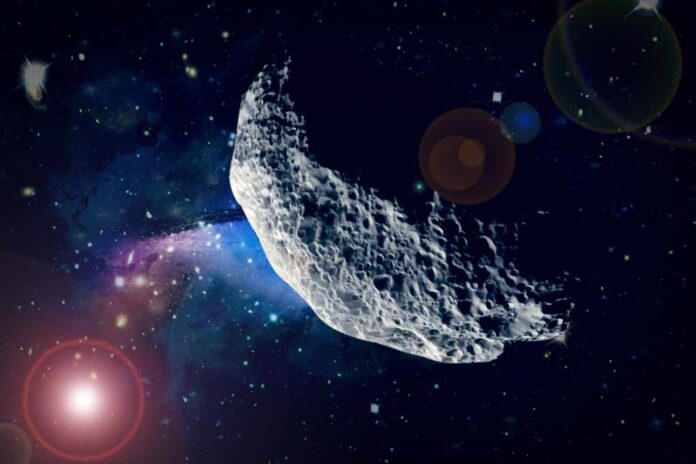
Scientists have uncovered evidence of a massive asteroid impact that struck Earth 11 million years ago, but the crater itself has completely vanished without a trace.
Story Snapshot
- Ancient glass fragments called tektites discovered in South Australia reveal a previously unknown asteroid impact
- The 11-million-year-old tektites are chemically distinct from all other known impact sites
- Despite clear evidence of impact, researchers cannot locate the corresponding crater
- The missing crater mystery challenges our understanding of how Earth preserves evidence of cosmic collisions
The Glass That Remembers Violence
Tektites tell stories of catastrophic violence written in glass. When asteroids slam into Earth with unimaginable force, they melt surface rocks instantaneously, flinging molten droplets hundreds of miles through the atmosphere. These droplets cool during their flight, forming distinctive glass beads that preserve the chemical fingerprint of both the impactor and the target rocks. Each tektite field represents a moment of cosmic destruction frozen in time.
The South Australian discovery changes everything researchers thought they knew about ancient impacts. These newly found tektites display chemical compositions unlike any previously catalogued specimens. Their unique signature suggests the asteroid struck a geological formation found nowhere near the discovery site, creating a puzzle that defies conventional impact theory.
Watch: Scientists Finally Solved the Mystery Of The Missing Chicxulub Meteor
When Craters Disappear Into Time
Earth’s surface acts as both witness and destroyer of its own history. Unlike the Moon’s permanently scarred face, our planet continuously reshapes itself through erosion, volcanism, and tectonic activity. Craters that once dominated landscapes can vanish completely within millions of years, leaving only scattered glass fragments as proof of their violent birth.
The missing crater presents researchers with a detective story spanning geological ages. Traditional methods rely on matching tektite chemistry to nearby crater rocks, but this approach fails when the crater no longer exists. Scientists must now work backward from glass fragments alone, using chemical clues to reconstruct an impact site that time has erased.
A giant asteroid hit Earth, but its crater is missing https://t.co/aWzPEnB06c
— Zicutake USA Comment (@Zicutake) October 16, 2025
Rewriting the Impact Record
This discovery forces a fundamental revision of Earth’s impact history. Current catalogs severely underestimate the frequency of large asteroid strikes because they depend on visible craters for confirmation. If impacts can leave tektite fields while their craters disappear entirely, then our planet has endured far more cosmic bombardment than previously recognized.
The implications extend beyond academic curiosity. Understanding Earth’s true impact history helps scientists assess current asteroid threats and develop planetary defense strategies. Each newly discovered ancient impact provides data points for modeling future collision probabilities and consequences. The South Australian tektites represent not just a window into the past, but a warning about potential futures.
Sources:
https://www.nytimes.com/2025/09/16/science/tektites-australia-asteroid-impact.html
https://www.astronomy.com/science/ancient-australian-tektites-reveal-new-evidence-of-a-giant-asteroid-impact/

























